This Collector Does Not Take Feathers Lightly
Tal Moran’s curiosity about a feather she found in Israel led her to Bedouins, her knowledge about feathers grew as she learned their powers and symbolism from Native Americans.
Chana Shapiro is an educator, writer, editor and illustrator whose work has appeared in journals, newspapers and magazines. She is a regular contributor to the AJT.
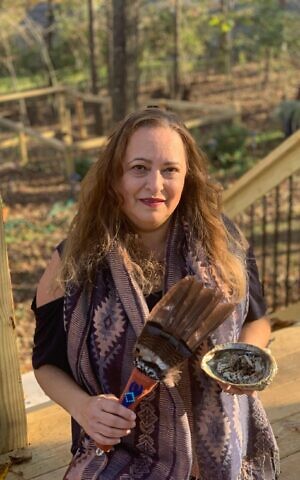
When Tal Moran was 11 years old, she was walking in Israel’s desolate Aravah, south of the Dead Sea, near her family’s home. She was surprised to find a large unfamiliar feather, and her father suggested asking the nearby Bedouin tribe about it. The Bedouin identified it as a migrating stork’s feather and showed the Morans flutes they made from stork leg bones. The stork feather piqued Moran’s curiosity and became the first item in her unusual feather collection.
When she moved to the United States, her knowledge about feathers deepened when she met Native Americans for whom special feathers are part of their healing and celebration rituals.
Acquaintances often give Moran spectacular feathers; however, the power of a feather is not linked to its beauty. For indigenous tribes, feathers based on species, size and location on a bird’s body have distinct powers. There are cleansing, healing, purifying and celebratory feathers. She subsequently presents “powerful” feathers to Native Americans when she knows that a particular feather can be used in tribal ceremonies.
Moran is a jewelry designer, goldsmith at Aimee Jewelry and Fine Art Gallery and a multi-media artisan. She applies understanding she acquired from tribal members when she crafts her own incense-spreading fans.
When she and I met, Moran mixed sage, wheat grass and lavender in an abalone shell, lit the combination to create vapor, which she then stirred in the air by waving a macaw feather fan. Having “smudged” (purified) our space, she showed me beautiful feathers and fans from her collection and described their special qualities.
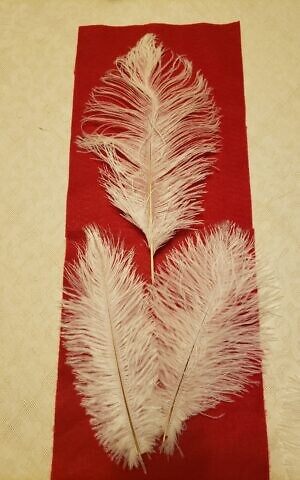
Moran explains, “When I began to learn about feathers, it was totally new and unfamiliar, and I allowed myself to be open to it. Feathers are part of a language native people have used for millennia to respond and interact with their environment. I learned that when I find a feather, I have an opportunity to honor its source. Feathers come from live birds, and I use that awareness to get closer to the natural world around me. Native Americans taught me to connect to birds through their feathers and, by extension, become more personally in sync with nature.”
I asked Moran what I should do when I find a feather. “You can leave it where you found it,” she said, “or take it home with you. Wash it and clean it with soap and water. American Indians use dry tobacco and tea leaves to keep feather mites away.” I told her I’ve seen feathers tied to branches with string or ribbon. “That’s a way to honor the bird the feather came from,” she said. “Some people hang found feathers in their windows. It’s a connection to the natural world from which we are easily disconnected. Hanging that feather reminds us to stay connected.”
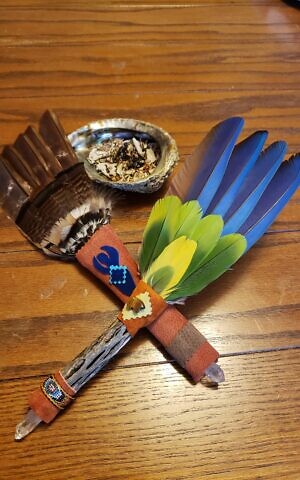
In ceremonies, Moran explained, Native Americans use bird tail feathers, which control flying direction, to focus a person’s direction in life, and wing feathers, which enable birds to use air currents, are used to release human energy. She emphasized that finding a feather can heighten one’s awareness of how fleeting life can be. A bird may lose feathers from a mishap, attack from a predator, molting, or die during a migration. For Moran, random loose feathers represent the vulnerability of all living things, and this knowledge intensifies her appreciation of life.
I offered Moran some exotic, silky white plumes I had received many years ago, but I had no idea what bird they came from. She immediately identified them as emu fluff, feathers which appear close to the bird’s body beneath the strong outer feathers. I’m pleased that the plumes now are part of Moran’s large feather collection or, more likely, that she will pass them on to others who will use them honorably and meaningfully.




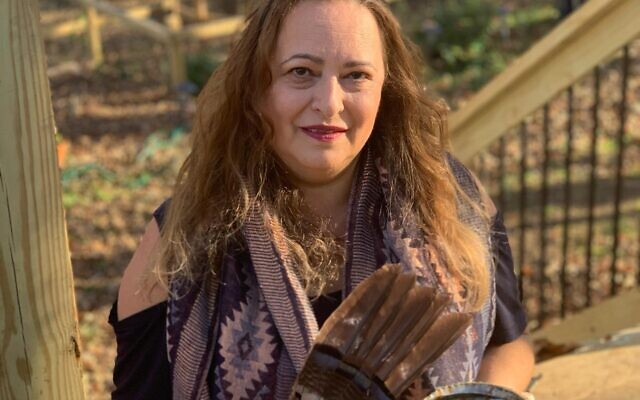
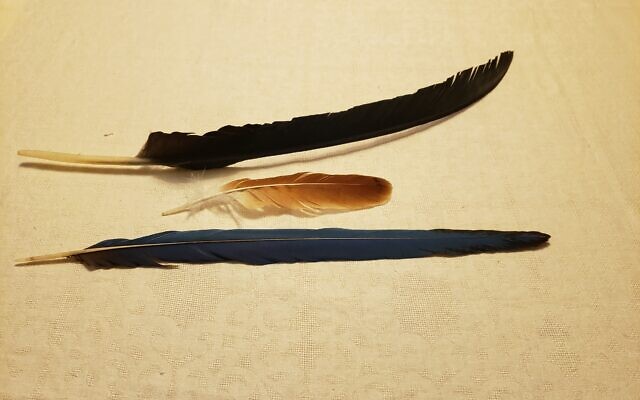
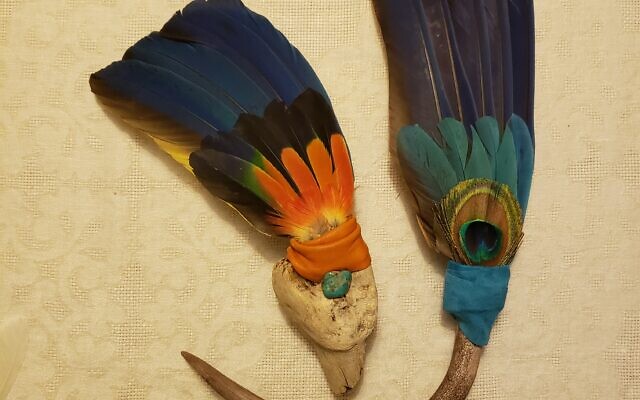
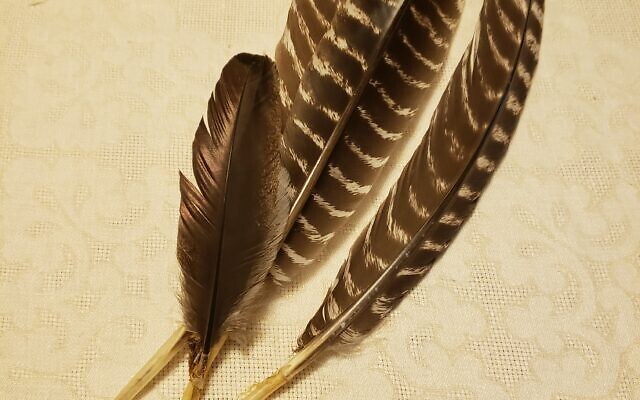
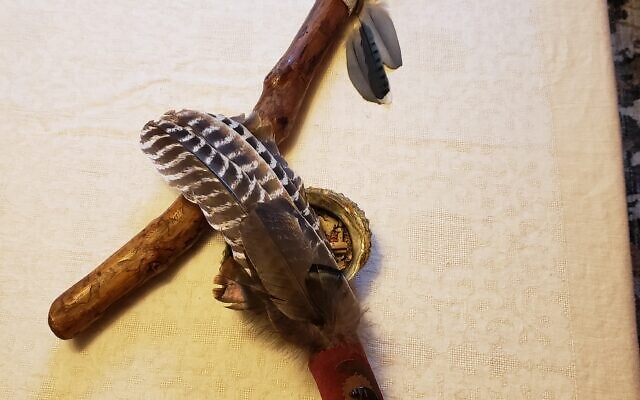
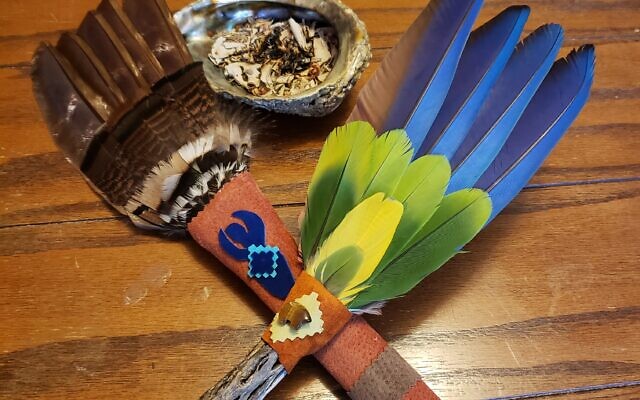
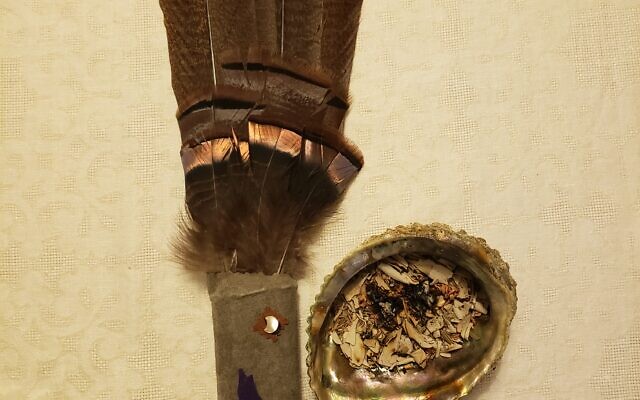
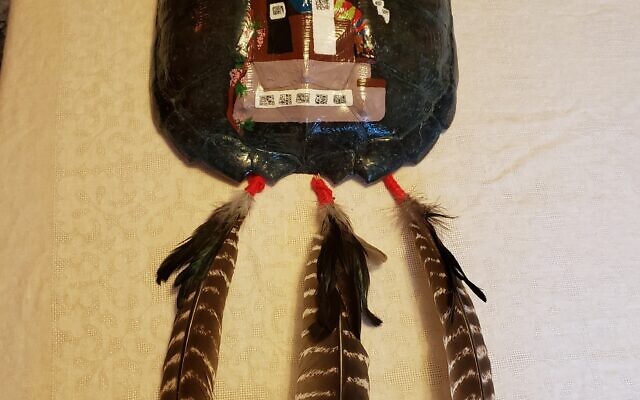
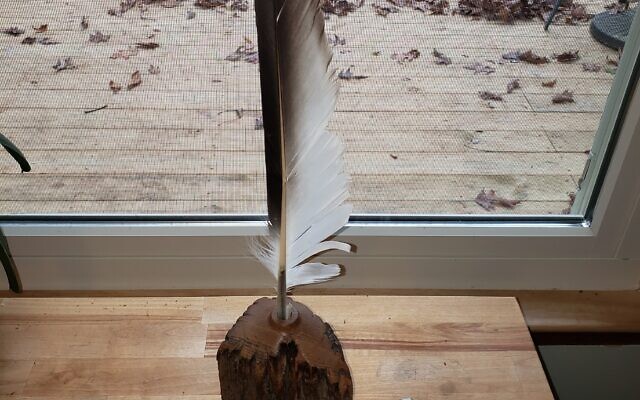
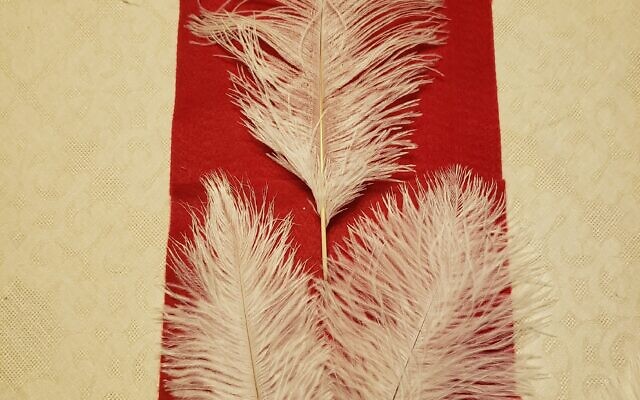
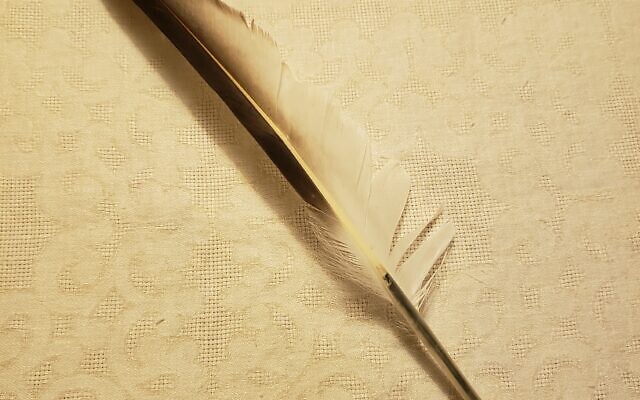
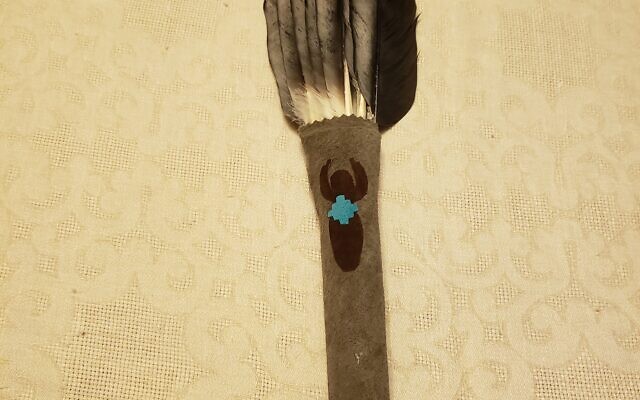
comments